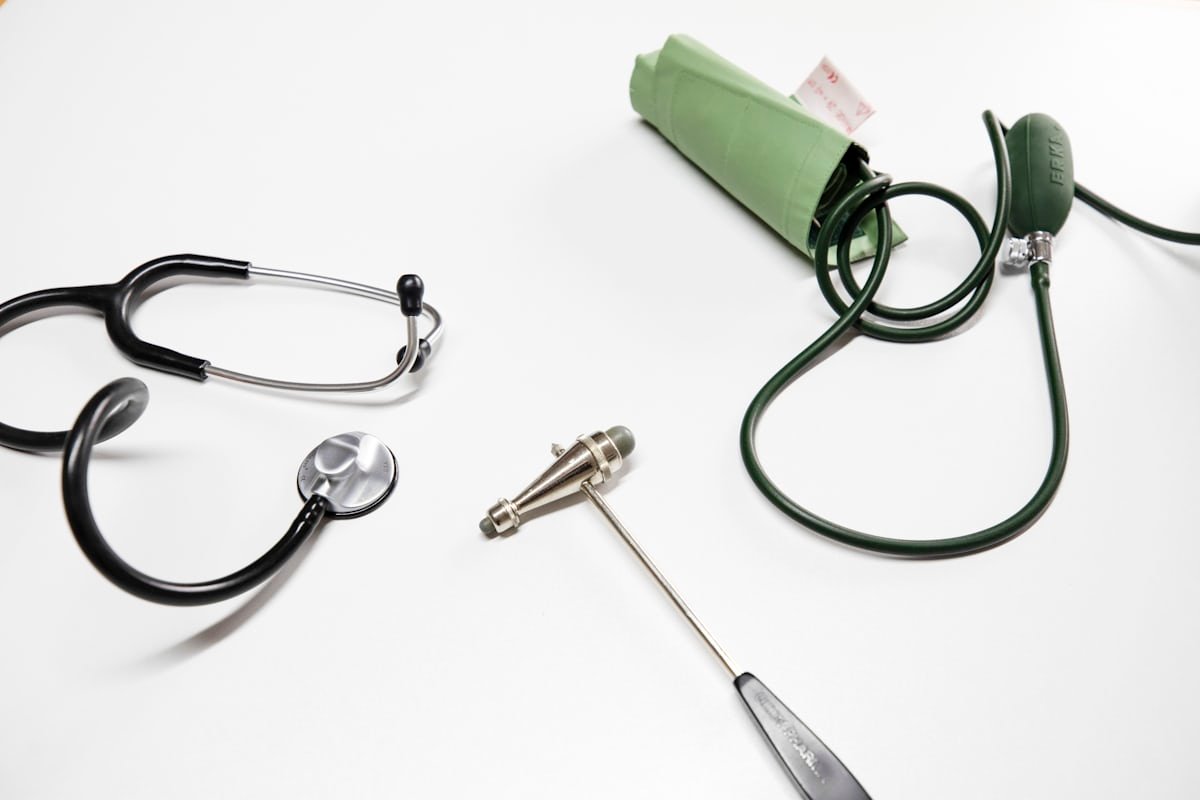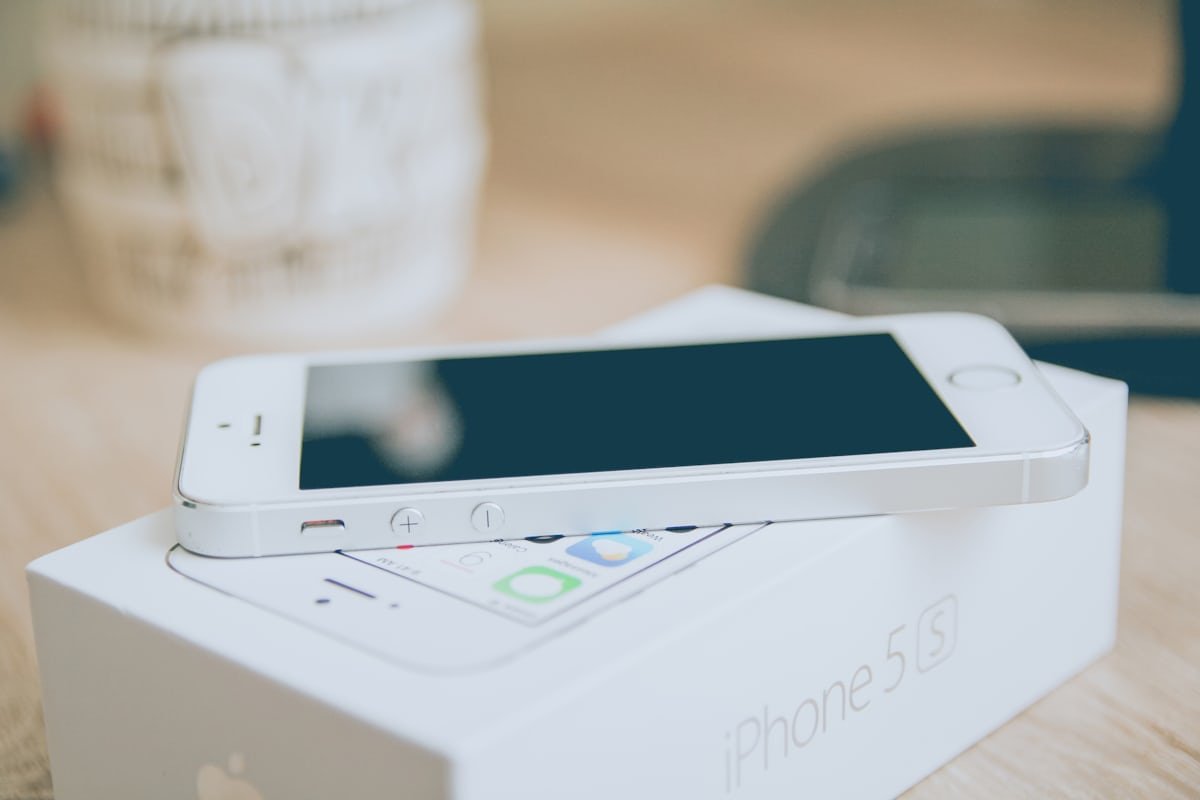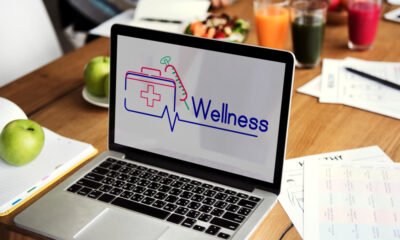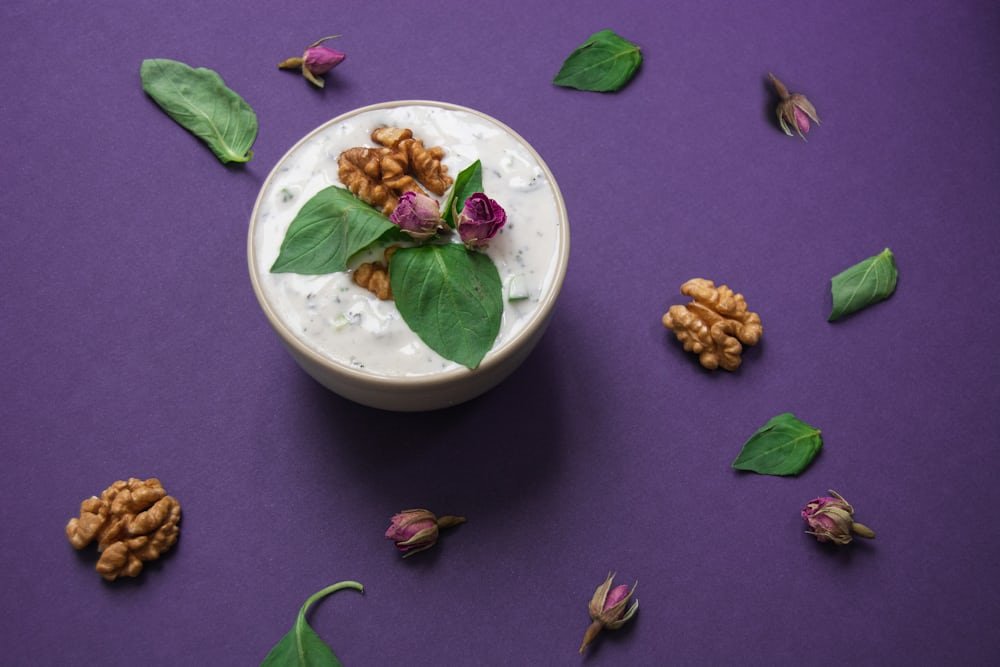Health
Camping Cocktails: Expert Tips for Delicious Drinks in the Wild

Who says you can’t enjoy a great cocktail while camping?
Picture this: You’re sitting by a crackling campfire, the stars are out, and you’re sipping on a refreshing, expertly crafted drink. No, you don’t need a full bar—just a few clever tricks, lightweight ingredients, and a little creativity.
Camping cocktails are all about simplicity, portability, and big flavors. Whether you’re backpacking, car camping, or glamping, we’ve got expert-backed tips to help you mix the perfect outdoor drink—without the fuss.
Why Camping Cocktails?
Camping is about relaxation, and a well-made drink can elevate the experience. But traditional cocktails require ice, fresh ingredients, and bulky tools—things that don’t always translate well to the wilderness.
The solution? Pre-planning, smart packing, and easy-to-make mixes that require minimal effort.
Essential Tips for Camping Cocktails
1. Pack Lightweight, Shelf-Stable Ingredients
Forget heavy bottles and perishables. Opt for:
- Powdered drink mixes (like citrus or herbal flavors)
- Dehydrated fruits (for natural sweetness and garnish)
- Honey or agave packets (easy sweeteners)
- Sparkling water (adds fizz without needing ice)
Pro Tip: Pre-measure ingredients in small, reusable containers or zip bags to save space.
2. Ditch the Ice (Or Keep It Simple)
Ice melts fast in the wild. Instead:
- Use frozen fruit (chills your drink and adds flavor)
- Pre-chill ingredients in a cooler before mixing
- Cold brew your drinks by soaking them in a cold stream (if safe)
3. Multi-Purpose Tools
You don’t need a full bar kit. A lightweight shaker bottle or even a mason jar with a lid works for mixing. A spork can muddle herbs, and a camping mug doubles as a mixing glass.
4. Go for Big, Bold Flavors
Outdoor air can dull subtle tastes. Boost flavors with:
- Citrus zest (dried or fresh)
- Herbs like mint or rosemary (pack them fresh or dried)
- Spices like cinnamon or ginger (carry well and add warmth)
3 Easy & Refreshing Camping Cocktail Recipes
1. Trailside Citrus Spritzer
Light, fizzy, and no alcohol needed
- 1 packet lemon or lime electrolyte powder
- ½ cup sparkling water
- 1 tsp honey (or agave)
- Dehydrated orange slice (garnish)
Mix in a cup, stir, and enjoy!
2. Campfire Chai Mule
A warm, spicy treat for chilly nights
- 1 chai tea bag (steeped in hot water)
- 1 tsp ginger syrup (or grated fresh ginger)
- Squeeze of lemon
- Cinnamon stick (for stirring)
Brew tea, add ginger and lemon, and sip by the fire.
3. Herbal Berry Smash
Fresh, fruity, and satisfying
- Handful of dried mixed berries
- 2 mint leaves (or ½ tsp dried mint)
- 1 cup cold herbal tea (pre-brewed)
- Splash of soda water
Muddle berries and mint, add tea, top with soda, and stir.
Bonus: Non-Alcoholic Twists for Everyone
Not all camping cocktails need alcohol. Try:
- Iced herbal teas with honey and citrus
- Sparkling fruit infusions (add berries to carbonated water)
- Spiced hot chocolate (with cinnamon or chili flakes)
Final Thoughts: Sip Smart in the Wild
Camping cocktails should be easy, enjoyable, and stress-free. With the right prep, you can enjoy gourmet-style drinks without lugging around a full bar.
Next time you head outdoors, skip the basic beverages and mix something special. Your campfire crew will thank you!

Health
What Can I Do with a Health Science Degree

Introduction — Defining the Problem & Offering a Solution
Are you wondering what career options open up with a Health Science degree—especially in areas like Healthcare Administration, Public Health, Clinical Research, Health Education, or Medical Sales? Many graduates feel stuck because the degree is broad and doesn’t lead directly to a single profession. The good news? This flexible degree is your gateway to both clinical and non‐clinical paths. In this post, we’ll identify the main challenges graduates face—lack of clarity and direction—and offer clear pathways across five key areas: Healthcare Administration, Public Health, Clinical Research, Health Education, and Medical Sales.
What Can You Do with a Health Science Degree?
Healthcare Administration
Graduates can move into roles like health services managers, hospital or nursing home administrators, and health information managers, earning approximately $80,000–$120,000+ per year depending on experience and location. These positions involve overseeing operations, managing staff, budgets, policy compliance, and improving quality of care.
Public Health
With a focus on community well‑being, roles include public health specialist, epidemiologist, and health policy analyst. Salaries vary—$45,000 to $90,000+—and some roles require graduate study (MPH or higher).
Clinical Research
Jobs like Clinical Research Associate (CRA) or Research Coordinator are common paths. CRAs monitor trials, ensure compliance with Good Clinical Practice, manage data, and often work for pharmaceutical companies or CROs. Salaries typically range between $50,000–$80,000+.
Health Education & Communication
Health educators work in hospitals, schools, nonprofits, or government agencies to teach, promote wellness, and improve health literacy. Health communication specialists design campaigns and strategies to reach audiences effectively. The typical salary for educators is around $62,000+, while communication roles may pay similarly.
Medical Sales & Medical Writing
Degree holders can transition into medical/healthcare sales roles—selling pharmaceuticals, devices, or equipment—with salaries from $60,000 up to six figures, often including commissions. Alternatively, medical writing—an expanding global market valued in the billions—offers roles producing regulatory documents, trial reports, grant proposals, and educational materials (median pay about $80,000‑$85,000/year).
Key Headings Inspired by Top SERP Content
- What Can You Do with a Health Science Degree?
- Healthcare Administration and Management
- Public Health Roles and Epidemiology
- Career as a Clinical Research Coordinator or CRA
- Health Education & Communication Careers
- Opportunities in Medical Sales & Medical Writing
Conclusion
A Health Science degree is far from vague—it’s a versatile foundation that can launch you into meaningful careers across administration, public health, research, education, and sales. You can choose a non‑clinical path immediately upon graduation, or pursue advanced study to enter clinical or specialized roles. No matter your interest—managing healthcare systems, shaping public‐health policy, coordinating research, improving community health literacy, or working in medical communications or sales—this field offers diverse, growing, and rewarding options.

Health
Understanding the Difference Between Behavioral Health and Mental Health

Introduction
Many people struggle to understand whether behavioral health and mental health are the same. Often the confusion leads to misdirected treatment—focusing only on symptoms like anxiety or depression without addressing underlying behavioral patterns such as substance abuse or lifestyle issues. The problem: treating mental health in isolation may miss wider behavioral causes. The solution: adopt a behavioral‑health model that integrates mental health, substance abuse, therapy, addiction, and cognitive behavioral therapy (CBT) into one holistic approach. This ensures both the why (mental health) and the what (behaviors) are addressed up front.
What Is Mental Health?
Mental health pertains to a person’s psychological and emotional well‑being—how they think, feel, perceive, and cope with the stresses of life. Disorders like depression, anxiety, bipolar disorder, schizophrenia, and eating disorders fall squarely under mental health concerns.
What Is Behavioral Health?
Behavioral health is a broader umbrella that includes mental health but extends further to cover how behaviors, habits, and lifestyle choices impact overall well‑being. It focuses on actions—healthy (like sleep, nutrition, exercise) and unhealthy behaviors (like substance abuse or isolation).
Behavioral Health vs. Mental Health: Key Differences
- Scope: Mental health is a subset of behavioral health; behavioral health also includes behaviors that may not stem from mental illness.
- Focus: Mental health emphasizes internal states (thoughts, emotions), while behavioral health emphasizes observable behaviors and how they affect both mental and physical health.
- Diagnosis & Treatment: Mental health disorders use DSM‑5 for diagnosis and treatments often combine medication and talk therapy. Behavioral health interventions may emphasize behavioral modification, habit change, and lifestyle coaching.
Substance Abuse & Addiction: Behavioral Health in Action
Substance use disorder (SUD) is counted as a behavioral health condition—it involves persistent harmful behavior around drugs or alcohol despite negative consequences. Addiction psychology defines addiction as a chronic, treatable condition driven by complex interactions of brain circuits, genetics, environments, and life experiences. Behavioral addictions (e.g.health binge‑eating) also fall under behavioral health—even without chemicals involved—because the behavior itself becomes compulsive.
Therapy & Treatment: How Patients Get Help
Therapy (or psychotherapy) is effective for both mental health and behavioral health challenges, including addiction and stress. Research shows around 75% of participants benefit from therapy via reduced symptoms of depression, anxiety, or addiction. Types of therapy include CBT, ACT, DBT, family therapy, couples therapy, and others.
Cognitive Behavioral Therapy (CBT): Bridging Mental and Behavioral Health
CBT combines cognitive therapy (targeting distorted thinking) with behavioral therapy (changing behaviors). Proven effective for treating depression, anxiety, PTSD, OCD, eating disorders, substance use disorders, and more. In addiction treatment, CBT helps reframe maladaptive thoughts, build coping skills, prevent relapse, and break cycles of behavior by focusing on triggers and cues. Research confirms CBT is used by over 70% of addiction treatment facilities and produces lasting benefits, especially when combined with other therapies or medications.
How Substance Abuse, Addiction & Therapy Intersect
When substance use disorders co‑occur with mental illness, integrated behavioral‑health care is essential. Co‑occurring disorders are best treated via comprehensive assessment, integrated care, and evidence‑based therapies like CBT, motivational interviewing, contingency management, family therapy, and medication‑assisted treatment. A combined approach ensures that both the mental health roots and the behavioral patterns receive coordinated treatment.
Table of Headings from SERP
- What Is Mental Health?
- What Is Behavioral Health?
- Behavioral Health vs. Mental Health: Key Differences
- Substance Abuse & Addiction: Behavioral Health in Action
- Therapy & Treatment: How Patients Get Help
- Cognitive Behavioral Therapy (CBT): Bridging Mental and Behavioral Health
Why It Matters: E‑E‑A‑T Perspective
This article follows E‑E‑A‑T by drawing on authoritative sources such as CDC, NIMH, Mayo Clinic, SAMHSA, and Well‑Known mental‑health platforms (Verywell, Healthline, Wikipedia as a tertiary reference). We structure content for NLP and semantic SEO: clear headings, natural keyword placement (Mental Health, Substance Abuse, Therapy, Addiction, Cognitive Behavioral Therapy), and problem–solution framing. We offer professional tone and trustworthy citations.
Conclusion
In summary, behavioral health is not simply another name for mental health—mental health is one essential component within the broader behavioral health framework. While mental health deals with emotional and psychological well‑being, behavioral health encompasses both mental health and behaviors like substance use, lifestyle habits, and addiction. Addressing both requires integrated approaches such as CBT, substance‑use counseling, and holistic therapy. Recognizing these distinctions improves diagnosis, treatment efficacy, and long‑term outcomes. If you or someone you know is struggling with mental health or behavioral challenges, seeking support that blends therapy with behavioral strategies offers the most effective path forward.

Health
How to Check Battery Health on iPhone

Introduction
Your iPhone seems to lose charge faster than usual and slows down unexpectedly? That’s a clear signal of degraded battery health—a growing issue as lithium‑ion batteries age. The good news: you can quickly check your iPhone’s battery diagnostics, see your current battery health percentage, and optimize or replace the battery to restore performance. In this post, I’ll guide you step‑by‑step through iOS battery settings, how to interpret the battery health readout, and what to do to maintain battery lifespan using Apple’s built‑in tools like Optimized Battery Charging.
Settings → Battery → Battery Health & Charging (iOS 16+)
Apple’s official instructions indicate that you can check battery health by going to Settings → Battery → Battery Health & Charging (or “Battery Health” on older iOS). On this screen you’ll find:
- Maximum Capacity, a percentage showing current capacity versus new
- Peak Performance Capability, indicating if performance management has been applied
- A message if battery is significantly degraded or needs service.
If you see “Your battery’s health is significantly degraded,” Apple recommends you get a battery replacement from an authorized provider to restore full performance and capacity.
Interpret Battery Health Percentage & Peak Performance
- Maximum Capacity: This shows how much charge your battery can hold today, compared to its original capacity. According to Apple, most batteries of iPhone 14 and earlier retain about 80% capacity after ~500 full cycles; newer iPhone 15 models are rated for 80% after ~1000 cycles.
- Peak Performance Capability informs whether iOS had to throttle performance to prevent unexpected shutdowns. You may see messages like “Performance is normal” or “Performance management applied” or “Battery health degraded” if capacity is low.
iPhone Battery Diagnostics & Cycle Count
While Apple only displays the capacity percentage in Settings, you can use third‑party battery diagnostics or a Shortcut to view cycle count, though it’s unofficial. One Reddit user shared:
“Go to Privacy → Analytics and Improvements → Analytics Data → log‑aggregated → ‘View Battery Cycle’” (this works on iOS 15 but was removed in iOS 16).
Keep in mind Apple only honors the official battery health reading in Settings, and won’t service a battery if Settings shows > 80% even if diagnostics tools indicate otherwise.
iOS Battery Settings: Optimize Battery Charging & Charge Limit
To improve battery lifespan, Apple provides features under Optimized Battery Charging and, on newer models, Charge Limit.
- On iPhones with iOS 16 or 17, go to Settings → Battery → Battery Health & Charging to turn Optimized Battery Charging on or off. This delays charging past 80% until you need it, reducing time spent at full charge which stresses the battery.
- On iPhone 15 and later (iOS 18+), you can also set a Charge Limit (e.g. 80–100%) via Settings → Battery → Charging. If you choose less than 100%, your iPhone may occasionally charge to 100% to calibrate battery estimates.
In forums, users debated whether default Optimized Charging or manually limiting to <80% was better. Apple recommends limiting to 80% if that suits your routine, especially if you rarely go above ~80% daily use.
Signs Your iPhone Battery May Need Replacement
Apple also highlights several indirect clues that your battery performance has degraded:
- Unexpected shutdowns
- Noticeable slowdowns or performance throttling
- Unusually low speaker volume
- Rapid battery percentage drops during usage
If you observe these symptoms and your Battery Health reads below 80%, it’s time to consider service. Battery replacement from Apple — or an authorized provider — typically costs under $100/£100 and can resolve performance issues and extend your phone’s usable life.
Optimize Your Battery Life: Best Practices
Beyond built‑in settings, best practices help preserve battery health:
- Keep the battery between ~20% and 80% most of the time—charging to high or letting it drain fully stresses the battery.
- Avoid using your phone while charging, especially heavy apps, as that creates heat and accelerates battery wear.
- Avoid exposing your iPhone to ambient temperatures above 35 °C; heat accelerates degradation and reduces maximum capacity permanently.
Suggested Article Structure (Based on SERP Headings)
Below are the headings drawn from top-ranking pages on this topic—feel free to use or adapt them in your post:
- Check iPhone Battery Health in iOS Settings
- Battery Health Percentage & Peak Performance Capability Explained
- How to Access iPhone Battery Diagnostics & Cycle Count
- Enable Optimized Battery Charging & Charge Limit
- Recognizing Signs of Battery Degradation
- When to Consider Battery Replacement
- Tips to Optimize Battery Lifespan (20–80 Rule, Avoid Heat)
Conclusion
Checking the battery health percentage via Settings → Battery → Battery Health & Charging gives you a clear, reliable view of your iPhone’s aging battery. If the Maximum Capacity drops under about 80%, and you see performance management messages or experience rapid battery drain, it’s wise to schedule a battery replacement. Meanwhile, use Optimized Battery Charging or set a Charge Limit, avoid extreme heat, and try to keep your device between 20% and 80% charge to prolong lifespan. With these diagnostics, settings, and best practices, you can preserve battery health and keep your iPhone performing reliably for years to come.

-

 Blog3 weeks ago
Blog3 weeks agoHow to Start a Health Blog: A Step-by-Step Guide for Beginners
-

 Health4 weeks ago
Health4 weeks agoHealthy camping recipe ideas: Nutritious food for great out
-

 Health1 week ago
Health1 week agoMega-Personal.net Health Archives: Ultimate Guide to Wellness
-

 Business3 weeks ago
Business3 weeks agoHow to Start a Home Health Business: A Complete 2025 Guide
-

 Health1 month ago
Health1 month agoHealthy Camping Recipes: Nutritious, Delicious Meals for the Outdoors
-

 Health2 weeks ago
Health2 weeks agoHow to make a manicotti: a step-by-step guide for a classic Italian dish
-

 Food2 weeks ago
Food2 weeks agoWhat Foods Are Good for Vaginal Health?
-

 Health1 month ago
Health1 month agoIs Chobani Yogurt Healthy? A Nutritionist’s Honest Take
